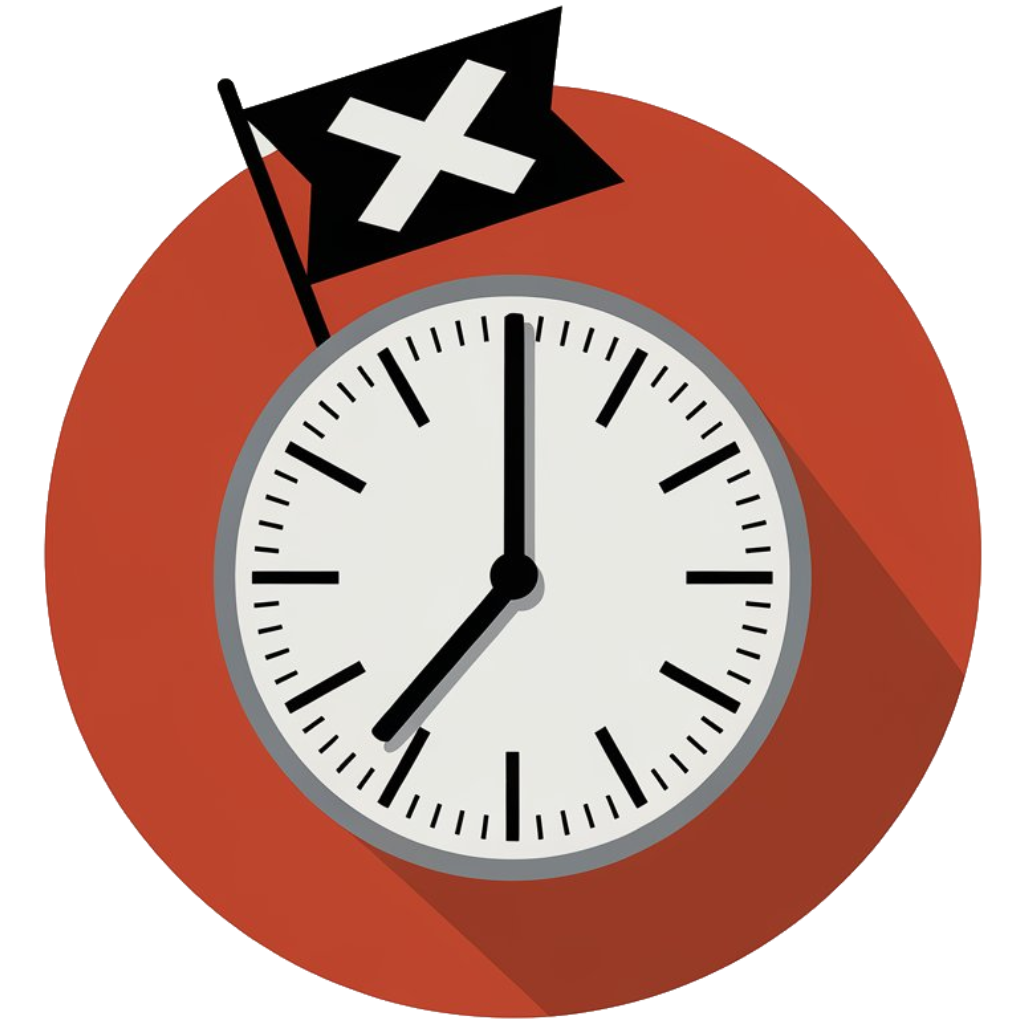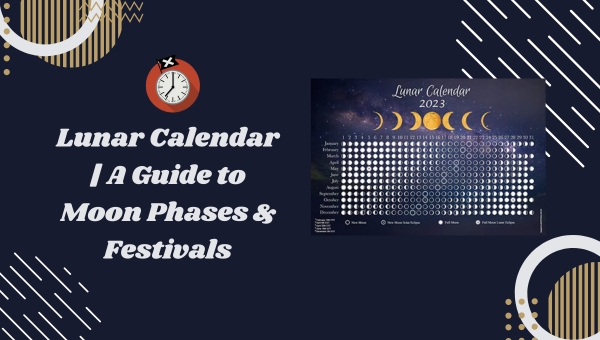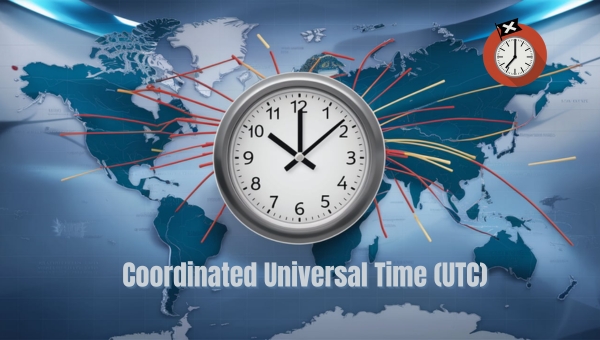The Chinese Calendar | Your Guide to Festivals and Traditions
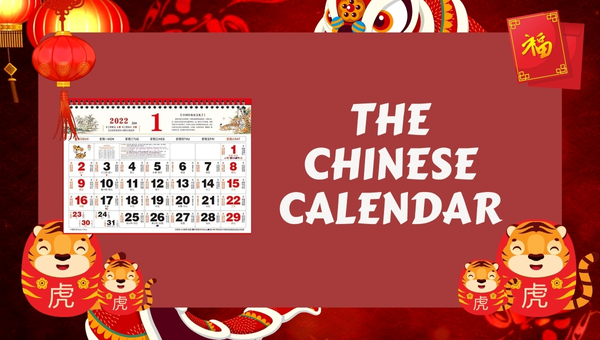
The Chinese calendar is a fascinating, intricate system that has shaped Chinese culture for centuries. By understanding its history, importance in daily life, and unique structure, you can gain valuable insights into a culture rich in tradition and wisdom.
This article will delve into the origins and significance of the Chinese calendar, its role in daily life, and its unique structure, including the lunar-solar system and zodiac. Additionally, we’ll explore key festivals, how to read and use the calendar, and its influence on other cultures. Ready to dive in? Let’s embark on this journey together!
Breaking Down the Chinese Calendar
The Chinese Calendar is an intricate system that has evolved over centuries, playing a vital role in Chinese culture and daily life. From its historical development to its modern-day significance, the calendar is more than just a way to track days.
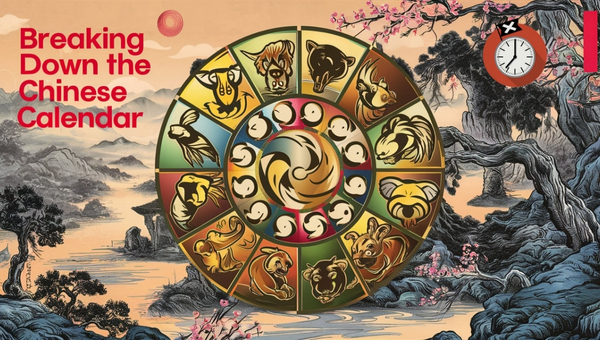
It influences festivals, agricultural activities, and even personal decisions. Understanding its structure and importance can provide valuable insights into Chinese traditions and beliefs. Let’s explore the history, significance, and daily impact of this fascinating calendar.
Here’s a table with the names of the 12 Chinese lunar months in both Chinese and English:
| Month Number | Chinese Name | English Name |
|---|---|---|
| 1 | 正月 (Zhēngyuè) | First Month |
| 2 | 二月 (Èr yuè) | Second Month |
| 3 | 三月 (Sān yuè) | Third Month |
| 4 | 四月 (Sì yuè) | Fourth Month |
| 5 | 五月 (Wǔ yuè) | Fifth Month |
| 6 | 六月 (Liù yuè) | Sixth Month |
| 7 | 七月 (Qī yuè) | Seventh Month |
| 8 | 八月 (Bā yuè) | Eighth Month |
| 9 | 九月 (Jiǔ yuè) | Ninth Month |
| 10 | 十月 (Shí yuè) | Tenth Month |
| 11 | 十一月 (Shíyī yuè) | Eleventh Month |
| 12 | 十二月 (Shíèr yuè) | Twelfth Month |
This table includes the names of the months in Chinese, their Romanized pinyin, and their English translations.
History and Significance
The origins of the Chinese calendar date back over 4,000 years, making it one of the oldest calendar systems in the world. It was developed during the Xia Dynasty and has evolved through the Shang and Zhou Dynasties.
This calendar is not just a tool for timekeeping; it is deeply intertwined with Chinese culture, agriculture, and religious practices.
- Cultural Significance: The Chinese calendar is used to determine the dates of traditional festivals, such as the Chinese New Year and the Mid-Autumn Festival.
- Agricultural Importance: Farmers historically used the calendar to plan agricultural activities, ensuring optimal planting and harvesting times.
- Religious Contexts: It plays a crucial role in various religious ceremonies and rituals, aligning with lunar and solar cycles to mark auspicious days.
Importance in Chinese Culture and Daily Life
The Chinese calendar is more than a method of marking time; it is a vital part of daily life and cultural identity.
It shapes the way people celebrate, plan, and understand their world.
- Traditions: Many cultural traditions, including weddings, funerals, and other ceremonies, are scheduled according to the Chinese calendar.
- Festivals: Major festivals such as the Lantern Festival, Dragon Boat Festival, and the Double Ninth Festival are all based on this calendar.
- Astrology: The calendar is also essential for astrology, with each year associated with a specific animal sign from the Chinese zodiac, influencing personality traits and compatibility.
Understanding the Chinese calendar helps us appreciate its enduring influence on Chinese culture and its significance in everyday activities and celebrations.
The Structure of the Chinese Calendar
Understanding the structure of the Chinese Calendar is key to grasping its rich cultural significance. This unique calendar system is a blend of lunar and solar cycles, providing a complex yet fascinating way to mark time. Let’s dive into its two main components: the lunisolar calendar and the Chinese zodiac.
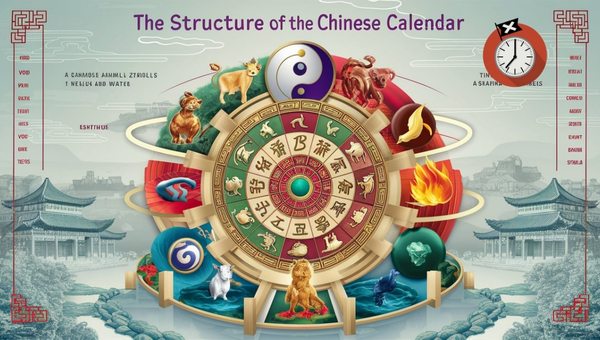
Lunar-Solar Calendar
The Chinese Calendar is a lunisolar system, meaning it integrates both the moon’s phases and the sun’s position. Each month begins with a new moon, aligning the calendar closely with lunar cycles. However, to keep in sync with the solar year, a leap month is added approximately every three years.
This additional month ensures that seasonal festivals and agricultural activities remain aligned with the solar year, maintaining a balance between lunar months and solar years.
Chinese Zodiac
The Chinese Zodiac is an essential part of the Chinese Calendar, featuring a 12-year cycle with each year represented by an animal sign. These animals are: Rat, Ox, Tiger, Rabbit, Dragon, Snake, Horse, Goat, Monkey, Rooster, Dog, and Pig.
Each animal is believed to influence personality traits and destiny. Additionally, the zodiac incorporates five elements—Wood, Fire, Earth, Metal, and Water—which interact with the animal signs to create a 60-year cycle.
This combination provides a deeper layer of meaning and complexity to the calendar, influencing various aspects of personal and social life.
Understanding these components offers a comprehensive view of how the Chinese Calendar functions, reflecting the harmony between lunar phases, solar cycles, and cultural beliefs.
Key Festivals and Holidays
The Chinese calendar is rich with festivals and holidays that hold deep cultural significance. Some of the most important ones include:
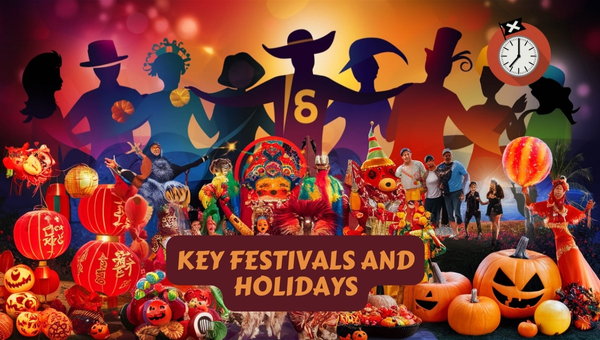
- Chinese New Year (Spring Festival): Celebrated at the beginning of the lunar new year, this festival involves family reunions, feasts, and fireworks.
- Lantern Festival: Marking the end of the Chinese New Year celebrations, people light lanterns and enjoy traditional sweet rice dumplings.
- Qingming Festival (Tomb-Sweeping Day): A day to honor ancestors by cleaning their graves and offering food.
- Dragon Boat Festival: Celebrated with dragon boat races and eating rice dumplings to honor the ancient poet Qu Yuan.
- Mid-Autumn Festival: Known for mooncakes and family gatherings, it celebrates the harvest and the full moon.
- Double Ninth Festival: A day to pay respects to the elderly and hike mountains.
These festivals reflect the cultural and historical richness of the Chinese calendar.
How to Read and Use the Chinese Calendar?
Navigating the Chinese Calendar can seem challenging, but it’s quite manageable once you get the hang of it. Understanding how to convert dates and utilize the calendar in daily life can be incredibly useful, especially in cultural and astrological contexts. Let’s dive into the details.
Navigating the Lunar-Solar Rhythm
The Chinese calendar operates on a blend of lunar and solar cycles, a sophisticated system designed to harmonize the moon’s phases with the solar year. Here’s a step-by-step guide to mastering this ancient timekeeping method:
- Understanding the Calendar’s Foundation
- Lunar Months: The calendar’s months align with the moon’s phases. Each month starts with the new moon and lasts until the next new moon, creating a cycle of approximately 29.5 days. Hence, a typical lunar month is either 29 or 30 days long.
- Solar Year: To keep the calendar in sync with the seasons, which are governed by the solar year, an extra month—known as a leap month—is occasionally added. This leap month helps to align the lunar months with the solar year’s length of about 365.24 days.
- Reading the Calendar
- Monthly Structure: The calendar is divided into 12 lunar months, but due to the lunar year being shorter than the solar year, an additional leap month can appear about every 2 to 3 years.
- Zodiac Signs: Each year is associated with one of the 12 zodiac animals in a 12-year cycle. The zodiac sign of the year can be determined by the year’s starting date, which usually falls between late January and February.
- Converting Dates
- From Lunar to Gregorian: To convert a Chinese lunar date to the Gregorian calendar, you can use various online converters or consult a Chinese calendar almanac. Conversion tools typically account for the differences in month lengths and leap years.
- For Astrology and Horoscopes: Understanding lunar dates is crucial for Chinese astrology. The Chinese New Year, which marks the beginning of the lunar year, and other important lunar dates are used for astrological predictions and determining auspicious dates for events.
- Using the Calendar in Daily Life
- Lucky Days: The Chinese calendar plays a significant role in determining auspicious and inauspicious days. This practice, rooted in traditional beliefs, influences decisions related to weddings, business openings, and other major life events.
- Festival Planning: The calendar helps in planning traditional festivals like the Lunar New Year and the Mid-Autumn Festival. Knowing the lunar dates ensures that you celebrate these festivals at the right time.
- Practical Tools
- Chinese Almanac: A Chinese almanac, or “Tian Gan Di Zhi,” provides detailed information about lunar months, solar terms, and favorable dates for various activities. It’s an essential tool for those deeply involved in traditional practices.
- Digital Apps: Modern technology offers numerous apps and websites that provide Chinese calendar functions, including date converters and festival reminders.
Influence of the Chinese Calendar on Other Cultures
The Chinese calendar is not just a timekeeping system; it has significantly influenced cultures around the world. Let’s dive into how it has shaped the calendars of other East Asian countries and its impact on international lunar festivals.
Spread to Other East Asian Countries
The Chinese calendar has had a profound influence on the calendars of several East Asian countries, including Vietnam, Korea, and Japan.
Each of these countries adopted the Chinese calendar and adapted it to their own cultural and social contexts.
- Vietnam: The Vietnamese calendar, known as the Lịch âm, is closely aligned with the Chinese calendar. It incorporates the same lunisolar system and the 12-year zodiac cycle. Traditional Vietnamese festivals, such as Tết Nguyên Đán (Lunar New Year), are celebrated according to this calendar.
- Korea: In Korea, the traditional calendar known as the Dangun calendar was heavily influenced by the Chinese system. Although South Korea now predominantly uses the Gregorian calendar, the lunisolar calendar is still used for significant cultural events, including Seollal (Lunar New Year) and Chuseok (Harvest Festival).
- Japan: Japan’s traditional calendar, known as the Kyūreki, was based on the Chinese lunisolar calendar. While Japan officially adopted the Gregorian calendar in the late 19th century, the lunisolar calendar is still used for cultural festivals like the Japanese New Year and Setsubun (the day before the beginning of spring).
Influence on International Lunar Festivals
The Chinese calendar has also left a lasting impact on lunar festivals celebrated worldwide. These festivals, often marked by vibrant celebrations and deep cultural significance, draw from the traditions rooted in the Chinese calendar.
- Chinese New Year: Celebrated globally, this festival marks the beginning of the lunar new year. It includes customs such as dragon dances, fireworks, and family reunions, reflecting its Chinese origins.
- Mid-Autumn Festival: Known as the Mooncake Festival, it is celebrated in many countries with Chinese communities. The festival involves moon-viewing, lantern lighting, and mooncake sharing, emphasizing family and togetherness.
- Vesak: Celebrated by Buddhists worldwide, Vesak commemorates the birth, enlightenment, and death of Buddha. The date is determined by the lunisolar calendar, showcasing the calendar’s influence on religious observances.
The Chinese calendar’s far-reaching impact is a testament to its cultural significance and the shared heritage it fosters among different communities.
FAQs
What is the difference between the Chinese and Western Zodiac?
The Chinese Zodiac is based on a 12-year cycle, with each year associated with an animal sign. In contrast, the Western Zodiac is based on the 12 months of the year and is linked to constellations.
How do leap years work in the Chinese calendar?
Leap years in the Chinese calendar involve the addition of a leap month to keep the calendar aligned with the solar year. This leap month is inserted approximately every three years.
Why do the dates of Chinese holidays vary each year?
The dates of Chinese holidays vary each year because the Chinese calendar is lunisolar. This means it follows the cycles of both the moon and the sun, leading to different dates each year when converted to the Gregorian calendar.
Conclusion
The Chinese Calendar is a fascinating blend of history, culture, and astronomy. It plays a crucial role in the daily lives of many people, guiding festivals, traditions, and even personal decisions. Understanding its structure and significance helps us appreciate its impact on various cultures and societies.
Whether you’re interested in astrology or just curious about different cultural practices, the Chinese Calendar offers a wealth of knowledge. If you enjoyed this deep dive into the Chinese Calendar, be sure to explore more insightful articles on our site. Keep learning and stay curious!
